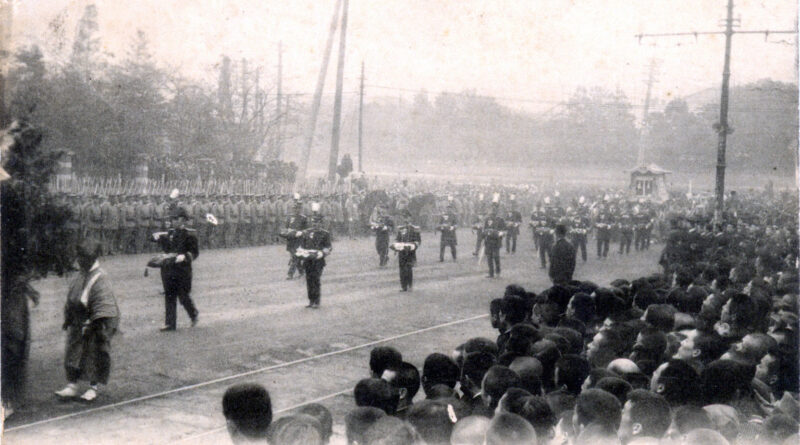Ito Hirobumi: Architect of Japan’s Modernization
The European Sojourn for Transformation
After the Meiji Restoration in 1860, Japan’s upper class was thrown into political chaos. Because of all this chaos, Ito Hirobumi set out on a long trip to Europe for the second time in March 1882. Japan wanted to change its constitution and set up a national government for the first time. Emperor Meiji, who was in power until 1912, gave Ito Hirobumi the important job of researching constitutionalism and how governments in European countries follow the law.
Learning from Prussia: Berlin and Vienna Visit
Ito Hirobumi, who was born on October 16, 1842, went to Prussia, which is now Germany, to look at its constitution for ideas. Ito traveled around Berlin and Vienna with a small group, meeting with law experts like Rudolf von Gneist at the University of Berlin. Von Gneist talked to Ito about the historical aspects of the German constitution, but he couldn’t give him a lot of help because he didn’t know much about Japanese history.
Ito met Lorenz von Stein, a political observer, in Vienna in the hopes of having a good conversation about the growth of the constitution. Von Stein gave us useful information and emphasized the need for a political system to make it easier for people to be involved in government.
Encounter with Emperor Wilhelm I and Cautionary Advice
Ito had a very important meeting with Emperor Wilhelm I of Prussia while he was in Europe. Wilhelm I told Japan to be careful about putting in place a parliamentary system by pointing out that Germany had a similar system that caused a lot of political chaos. Even though Wilhelm I wasn’t sure about it, Ito was determined to push for a parliamentary system in Japan.
Ito Hirobumi Return and Political Transformation in Japan
Ito spent almost two years in Europe and then came back to Japan in 1883 as Minister of the Interior. Over the next three years, he successfully changed the constitution, changed the way the imperial courts worked, and pushed his political opponents to the limit. Ito pushed for curbing the emperor’s power in running the government, and he became more and more popular with regular people.
In December 1885, Ito set up a modern cabinet system, which was different from the old way of only putting imperial family members or nobles in ministerial roles. This change made it possible for people from all walks of life to become high-level government officials. After that, Ito made Japan’s first Prime Minister.
Ito Hirobumi Bring Changes in the Japanese Government
Ito put educational changes based on von Stein’s ideas at the top of his list of priorities when he was first Prime Minister. He wanted to make a national educational center to spread knowledge evenly because he knew how important education was. Ito started the Imperial University, which is now the University of Tokyo, in 1886. This gave people a more modern way of thinking.
Ito’s changes to schooling paved the way for his later work on writing a modern constitution. Starting in 1886, he had talks with his team, drawing on the Prussian constitution and von Stein’s ideas. The Meiji Constitution, which signed into law on February 11, 1889, gave the national parliament power while keeping the emperor as the most powerful person in Japan.
Legacy and Criticisms of the Meiji Constitution
Even though Ito wasn’t there when the constitution officially signed, he thought that it the start of Japan’s progress toward modernity. But the Meiji Constitution criticized because it kept an authoritarian government in place and limited the power of the parliament. The emperor’s power grew, while the parliament’s power decreased. This made it so that people close to the emperor controlled the parliament.
Even though the Meiji Constitution had some problems, it was the first step Japan took toward adopting a government system like those in Western countries. Ito Hirobumi wanted to make Japan more modern through education and learning. His dream will always remembered in the history of the country.
